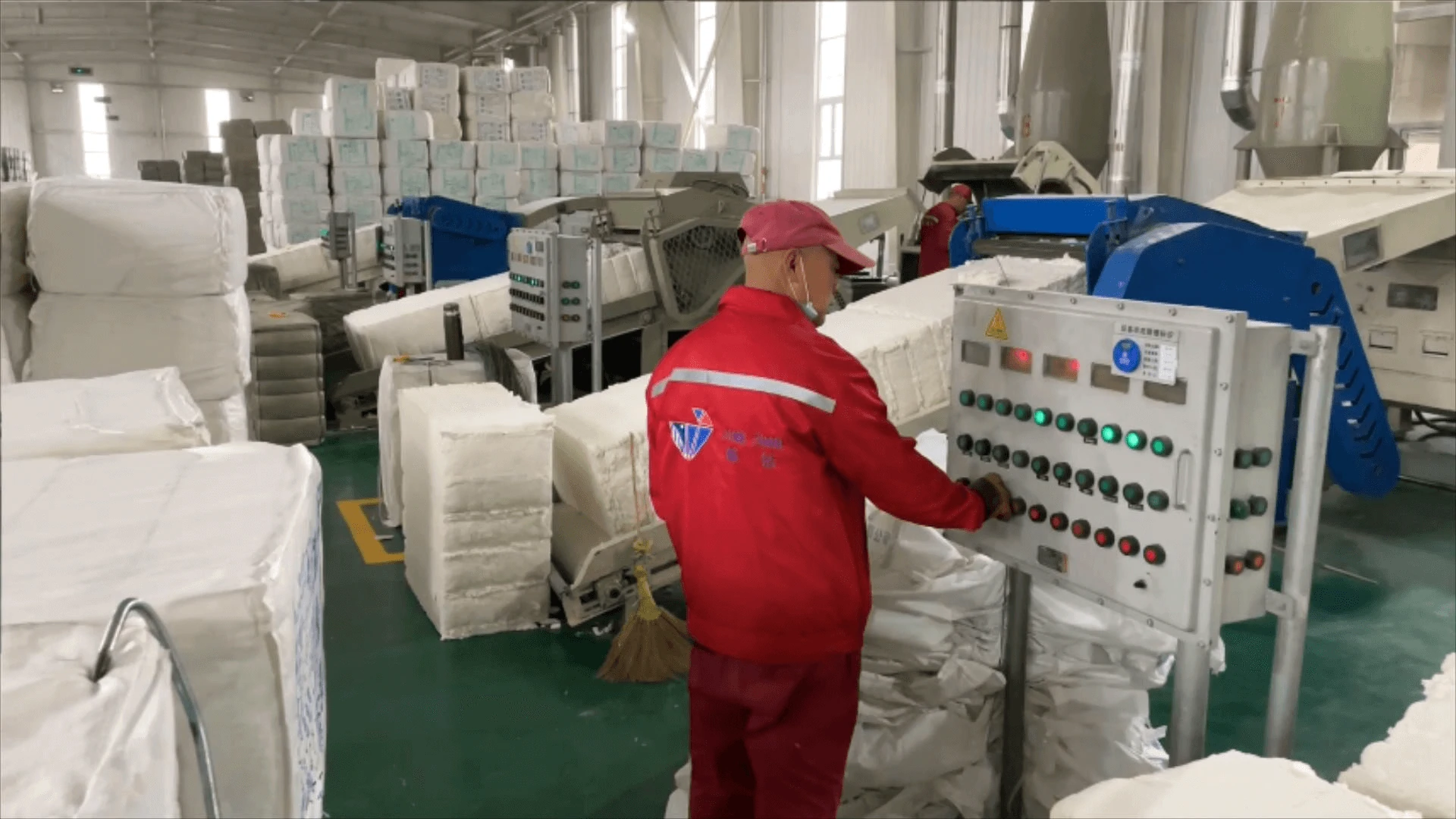
Nov . 10, 2024 07:14 Back to list
Optimizing HPMC for Enhanced Performance in Skim Coat Applications
HPMC for Skim Coat A Comprehensive Overview
Hydroxypropyl methylcellulose (HPMC) is an influential and versatile polymer widely utilized in construction applications, particularly in the formulation of skim coats. This article aims to explore the properties, benefits, and application techniques of HPMC in skim coat formulations, highlighting the reasons behind its increasing popularity in the construction industry.
What is Skim Coat?
Skim coat is a thin layer of material applied to walls or ceilings to create a smooth, even surface. It is typically used in final finishing applications before painting or wallpapering. Many construction professionals opt for skim coats to achieve aesthetically pleasing results and to prepare surfaces for further treatments. HPMC enhances both the performance and the workability of the skim coat.
Properties of HPMC
HPMC is a non-ionic, cellulose-based polymer that is soluble in water. The unique properties of HPMC make it particularly suitable for use in skim coats
1. Water Retention One of the primary benefits of HPMC is its exceptional water retention capabilities. This feature helps maintain the moisture needed during the curing process, ensuring that the skim coat hardens properly and achieves optimal adhesion to the substrate.
2. Thickening Agent HPMC acts as an effective thickening agent, providing the skim coat with the desired viscosity. This property allows for easy application, reducing the risk of sagging or dripping when the material is applied to vertical surfaces.
3. Improved Workability With HPMC incorporated into skim coats, the workability of the mixture significantly improves. This means that construction workers can spread and manipulate the skim coat with ease, leading to a smoother finish.
4. Adjustable Set Time The incorporation of HPMC allows manufacturers to modify the set time of the skim coat. By adjusting the concentration of HPMC, the drying time can be controlled, providing flexibility depending on the project's requirements.
5. Adhesion Improvement HPMC enhances the adhesion properties of skim coats, making them more effective when applied over various substrates, including concrete, brick, and drywall. This adhesion is crucial in ensuring that the skim coat remains intact over time, resisting peeling and cracking.
Benefits of HPMC in Skim Coat Applications
The use of HPMC in skim coat formulations provides numerous benefits to both manufacturers and applicators
hpmc for skim coat

1. Enhanced Quality HPMC contributes to a higher quality finish by facilitating a uniform and smooth application. This results in fewer defects and a more appealing final appearance.
2. Reduced Labor Costs Improved workability can lead to reduced labor costs, as the ease of application means that less time is spent on each project. Skilled workers can apply the product more efficiently, leading to faster project completion.
3. Versatility HPMC can be used in a wide variety of skim coat formulations, allowing manufacturers to tailor products to specific performance needs without compromising on quality.
4. Sustainability As a natural polymer, HPMC is considered environmentally friendly. Its use aligns with the growing trend towards sustainable construction practices, appealing to eco-conscious consumers and professionals alike.
Application Techniques
When using HPMC in skim coat formulations, the following application techniques should be considered
1. Surface Preparation Ensure that the substrate is clean, dry, and free from contaminants. Proper surface preparation is essential for optimal adhesion and durability.
2. Mixing Follow the manufacturer’s specifications for the correct proportion of HPMC to achieve the desired consistency. Mix thoroughly to avoid clumps and ensure uniform distribution of the polymer within the skim coat.
3. Application Use a trowel or roller to apply the skim coat evenly, working quickly to prevent premature setting. For larger areas, consider using a larger applicator or mechanical equipment to speed up the process.
4. Curing Allow adequate curing time as dictated by the environmental conditions and application thickness. Keeping the skim-coated surface moist for the initial curing phase can enhance the final strength.
Conclusion
HPMC is an invaluable component in the formulation of skim coats, enhancing both their performance and application characteristics. Its versatility, workability, and adhesion properties make it an essential choice for professionals in the construction industry. As sustainability and quality continue to be focal points in construction practices, HPMC’s role in skim coat applications is likely to expand, offering innovative solutions for smooth and durable surfaces.
-
Versatile Hpmc Uses in Different Industries
NewsJun.19,2025
-
Redispersible Powder's Role in Enhancing Durability of Construction Products
NewsJun.19,2025
-
Hydroxyethyl Cellulose Applications Driving Green Industrial Processes
NewsJun.19,2025
-
Exploring Different Redispersible Polymer Powder
NewsJun.19,2025
-
Choosing the Right Mortar Bonding Agent
NewsJun.19,2025
-
Applications and Significance of China Hpmc in Modern Industries
NewsJun.19,2025







